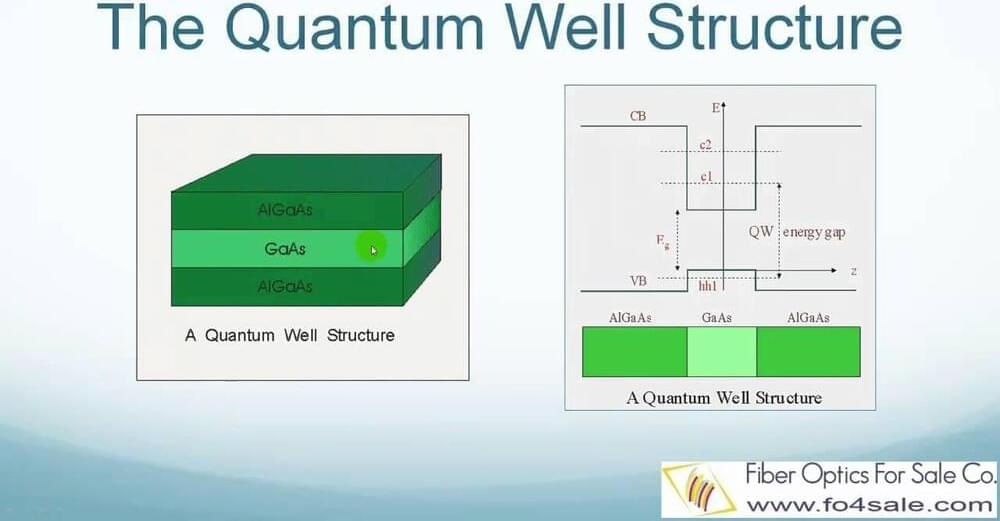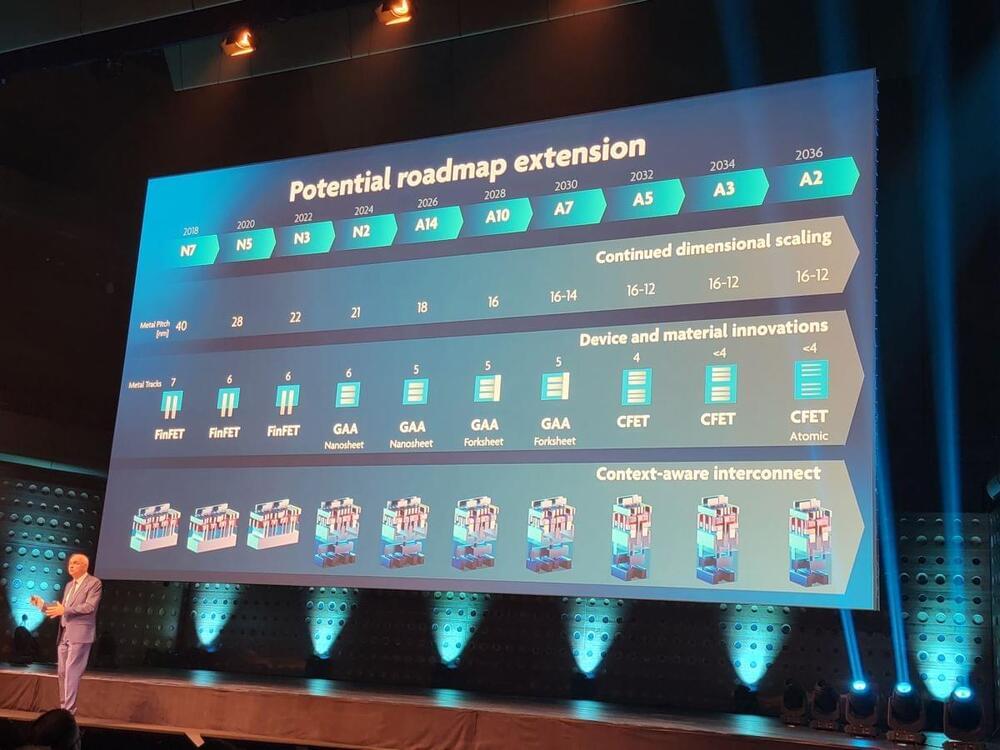
Imec plots a course to 1nm chips, and beyond.
Imec, the most advanced semiconductor research firm in the world, recently shared its sub-‘1nm’ silicon and transistor roadmap at its Future Summit event in Antwerp, Belgium. The roadmap gives us a rough idea of the timelines through 2036 for the next major process nodes and transistor architectures the company will research and develop in its labs in cooperation with industry giants, like TSMC, Intel, Samsung, and ASML, among many others.
The roadmap includes breakthrough transistor designs that evolve from the standard FinFET transistors that will last until 3nm, to new Gate All Around (GAA) nanosheets and forksheet designs at 2nm and A7 (seven angstroms), respectively, followed by breakthrough designs like CFETs and atomic channels at A5 and A2. As a reminder, ten Angstroms are equal to 1nm, so Imec’s roadmap encompasses sub-‘1nm’ process nodes.
You might not have heard of the Interuniversity Microelectronics Centre (imec) before, but it ranks among the most important companies in the world, alongside better-known companies like TSMC and EUV-toolmaker ASML. Think of imec as a silicon Switzerland, of sorts. While the semiconductor research-focused imec doesn’t operate with much fanfare, it serves as the quiet cornerstone of the semiconductor industry, bringing fierce rivals like Intel, TSMC, and Samsung together with chip toolmakers such as ASML and Applied Materials, not to mention the equally-critical semiconductor software design companies (EDA) like Cadence and Synopsys, in a non-competitive environment. This collaboration allows the companies to work together to define the next generation of tools and software they will use to design and manufacture the chips that power the world.
]]>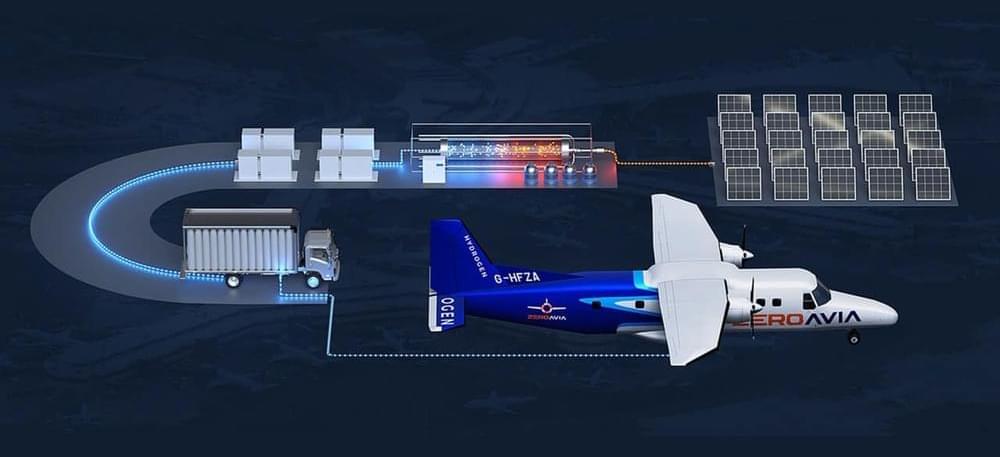
While many other companies in the industry are focusing on designing and developing hydrogen-fueled aircraft from scratch, ZeroAvia is gearing up to test its retrofitted Dornier 228 this summer.
The company has partnered with its strategic investor, Shell, to design and build two commercial-scale mobile hydrogen refuelers for use at ZeroAvia’s research and development site in Hollister, California. At ZeroAvia’s test facility in Hollister, Shell will also provide compressed, low-carbon hydrogen supply to the facility and other locations in the Western U.S.
This strategic collaboration will support the development of ZeroAvia’s flight testing program in the U.S. following the arrival of its second Dornier 228 at Hollister last month and will advance the company’s Hydrogen Airport Refueling Ecosystem (HARE) on a larger scale.
]]>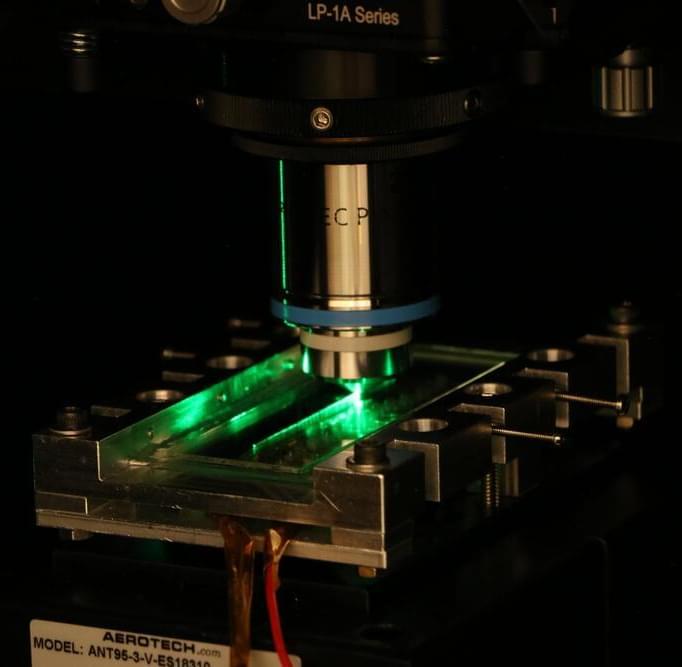
Oxford University researchers have developed a sensor made of sapphire fiber that can tolerate extreme temperatures, with the potential to enable significant improvements in efficiency and emission reduction in aerospace and power generation.
The work, published in the journal Optics Express, uses a sapphire optical fiber —a thread of industrially grown sapphire less than half a millimeter thick—which can withstand temperatures over 2000°C. When light is injected onto one end of the sapphire fiber, some is reflected back from a point along the fiber which has been modified to be sensitive to temperature (known as a Bragg grating). The wavelength (color) of this reflected light is a measure of the temperature at that point.
The research resolves a 20-year-old problem with existing sensors—while the sapphire fiber seems very thin, in comparison to the wavelength of light it is huge. This means that the light can take many different paths along the sapphire fiber, which results in many different wavelengths being reflected at once. The researchers overcame this problem by writing a channel along the length of the fiber, such that the light is contained within a tiny cross-section, one-hundredth of a millimeter in diameter. With this approach, they were able to make a sensor that predominantly reflects a single wavelength of light.
]]>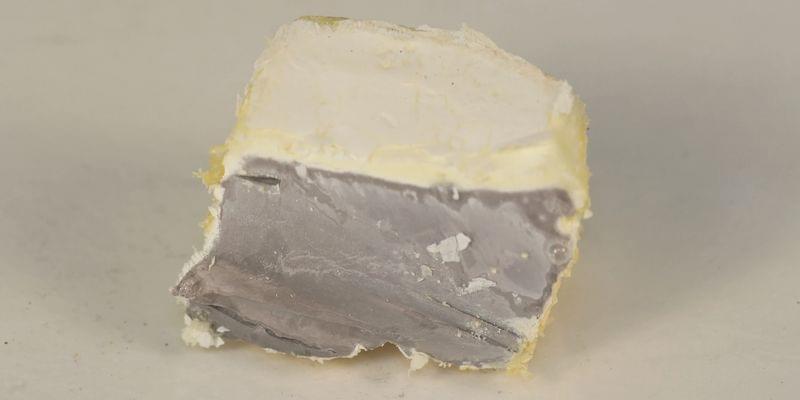
University of Texas at Austin (UT Austin) researchers have created a new sodium-based battery material that is highly stable, capable of recharging as quickly as a traditional lithium-ion battery, and able to pave the way toward delivering more energy than current battery technologies.
For about a decade, scientists and engineers have been developing sodium batteries, which replace both lithium and cobalt used in current lithium-ion batteries with cheaper, more environmentally friendly sodium. Unfortunately, in earlier sodium batteries, a component called the anode would tend to grow needle-like filaments called dendrites that can cause the battery to electrically short and even catch fire or explode.
In one of two recent sodium battery advances from UT Austin, the new material solves the dendrite problem and recharges as quickly as a lithium-ion battery. The team published their results in the journal Advanced Materials.
]]>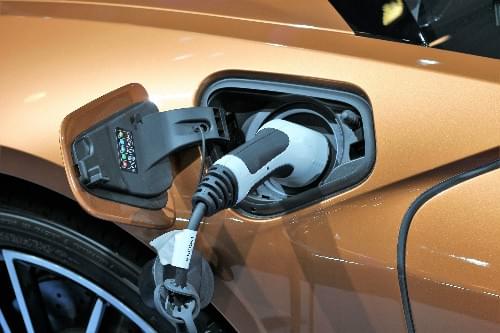
Scientists astounded by performance of sustainable batteries with far-reaching implications for e-vehicles and devices.
Researchers at Bristol have developed high-performance sodium and potassium ion batteries using sustainably sourced cellulose.
Scientists at the Bristol Composites Institute have developed a novel controllable unidirectional ice-templating strategy which can tailor the electrochemical performances of next-generation post-lithium-ion batteries with sustainability and large-scale availability. The paper is published in the journal Advanced Functional Materials.
]]>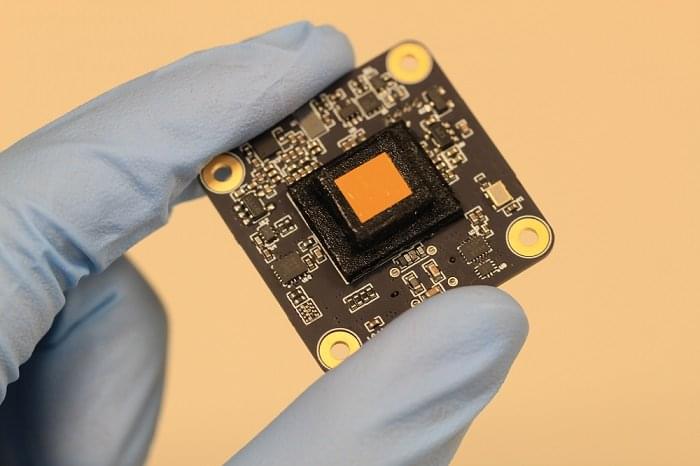
Rice University researchers have tested a tiny lensless microscope called Bio-FlatScope, capable of producing high levels of detail in living samples. The team imaged plants, hydra, and, to a limited extent, a human.
A previous iteration of the technology, FlatCam, was a lensless device that channeled light through a mask and directly onto a camera sensor, aimed primarily outward at the world at large. The raw images looked like static, but a custom algorithm translated the raw data into focused images.
The device described in current research looks inward to image micron-scale targets such as cells and blood vessels inside the body, and even through skin. The technology combines a sophisticated phase mask to generate patterns of light that fall directly onto the chip, the researchers said. The mask in the original FlatCam looked like a barcode and limited the amount of light that passes through to the sensor.
]]>
Two such certificates were part of the Nvidia hack attack haul we reported on last week.
Among all the sensitive hardware and driver data spilled by hacking extortion group Lapsus$, there were some expired but still usable Nvidia code-signing certificates.
]]>Thank you to Wren for supporting PBS. To learn more, go to https://wren.co/start/spacetime.
PBS Member Stations rely on viewers like you. To support your local station, go to: http://to.pbs.org/DonateSPACE
Sign Up on Patreon to get access to the Space Time Discord!
https://www.patreon.com/pbsspacetime.
Objective Collapse Theories offer a explanation of quantum mechanics that is at once brand new and based in classical mechanics. In the world of quantum mechanics, it’s no big deal for particles to be in multiple different states at the same time, or to teleport between locations, or to influence each other faster than light. But somehow, none of this strangeness makes its way to the familiar scale of human beings — even though our world is made entirely of quantum-weird building blocks. The explanations of this transition range from the mystical influence of the conscious mind to the grandiose proposition of multiple realities. But Objective Collapse Theories feels as down to earth as the classical world that we’re trying to explain. Let’s see if it makes any sense.
Check out the Space Time Merch Store.
https://www.pbsspacetime.com/shop.
Sign up for the mailing list to get episode notifications and hear special announcements!
]]>The science behind “quantum dots”
http://www.fiberoptics4sale.com http://www.fiberoptics4sale.com/wordpress/
VCSEL stands for Vertical Cavity Surface Emitting Laser.
VCSEL emits light in a cylindrical beam vertically from the surface of a fabricated wafer, and offers significant advantages when compared to the conventional edge-emitting lasers currently used in the majority of fiber optic communications devices.
Now let’s take a comparison between conventional edge emitting laser and VCSEL laser.
]]>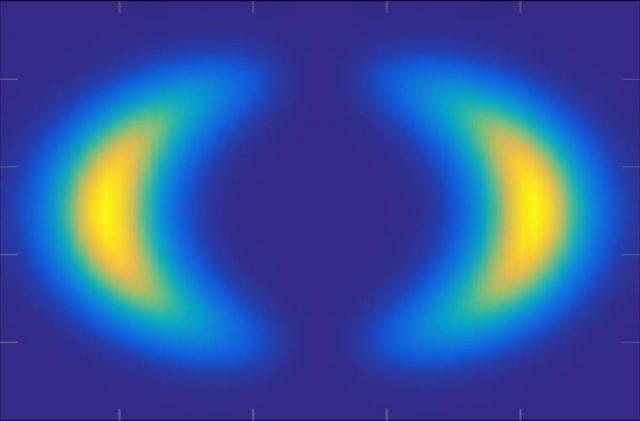
Sorry to our fellow hopeful space nerds, but we have to burst everyone’s warp bubble. Despite recent reports that scientists have “accidentally created a warp bubble,” it looks like warp speed is still a few baby steps away. But all hope is not lost: a group of scientists led by Dr. Harold G. “Sunny” White has proposed a structure that could actually be built in the real world and used to study the Casimir effect. It might be a baby step, but it’s a real one.
Breaking the ‘cosmic speed limit’ with the Casimir effect
To make a warp drive, first you need to master the Casimir effect. The Casimir effect, for the uninitiated, is a very small attractive force that exists between two uncharged but conductive parallel plates that are held very, very close together. It used to be a purely hypothetical offshoot of relativity. However, now that we’ve seen it happen in real life, it’s high on the list of real-world phenomena scientists are investigating to figure out how we might finally crack the problem of interstellar space exploration.
]]>
